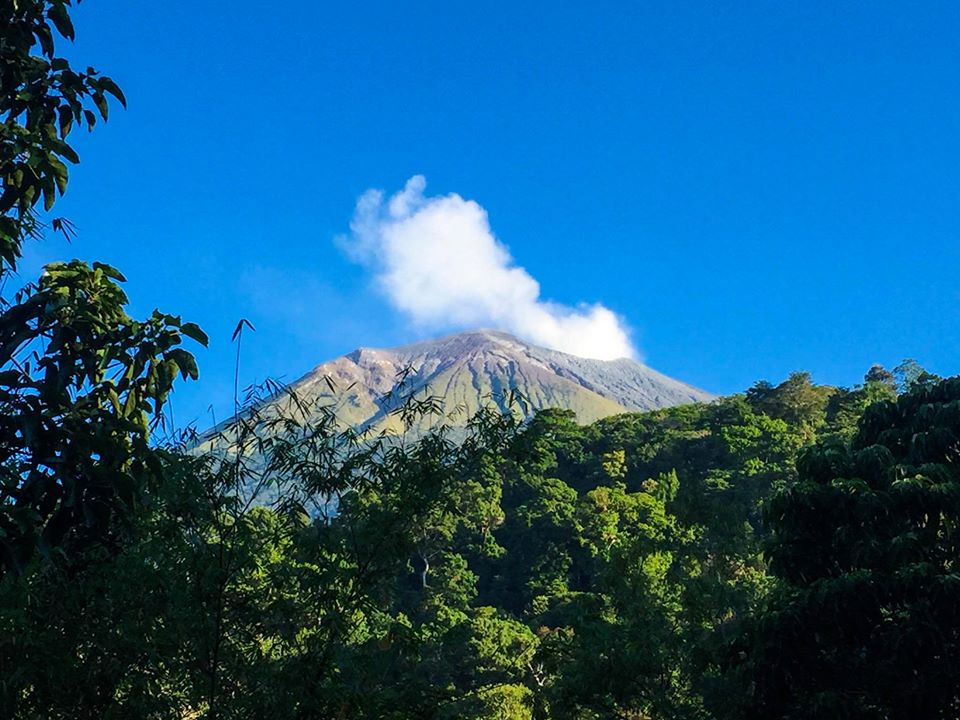Phivolcs: Kanlaon volcano in Negros Occidental remains calm

Kanlaon Volcano (Photo from Mt. Kanlaon Natural Park Facebook page)
CEBU CITY, Philippines — Kanlaon Volcano in Negros Island remains free from any signs of activity.
Engineer Andylene Quintia, resident volcanologist of the Kanlaon Volcano Observatory, said the volcano had remained in alert level zero and was unaffected by the phreatic eruption of Taal Volcano in Batangas.
“Ibang bulkan ito. May sarili siyang magma system. Iba-iba ang activity for every volcano. Wala pong kinalaman yung activity ng Taal kung sa Kanlaon,” Quintia told CDN Digital via phone on January 16, 2020.
(This is a different volcano with a different magma system. There are different activities for every volcano and the activity in Taal has nothing to do with Kanlaon.)
“Currently po nasa alert level zero pa rin po ang Kanlaon Volcano. Ibig po sabihin noon ay nasa normal levels po lahat ng volcanic parameters. (This means that all volcanic parameters are currently in normal levels.) ,” she added.
Read more: Taal magma rising, fissuring suggest ‘explosive eruption is imminent’
In monitoring, Quintia said they considered the seismicity or volcanic earthquakes, ground deformation, and emission of sulfur dioxide, among others.
Quintia also clarified that their monitoring of the Kanlaon Volcano was a regular routine of their observatory and had nothing to do with the eruption of Taal last January 12.
Mount Kanlaon forms the highest peak of Negros Island located at around 36 kilometers southeast of Bacolod City, Negros Occidental.
The volcano has erupted at least 29 times in the past two centuries, the last one being in 2016. Last October 2019, the Philippine Institute of Volcanology and Seismology (Phivolcs) lowered the alert in Kanlaon to zero or normal level which means “no magmatic eruption is foreseen in the immediate future.”
Phivolcs has listed at least 24 volcanoes nationwide which are classified as “active.”
These volcanoes “erupted within historical times (within the last 600 years). Accounts of these eruptions were documented by man to have erupted within the last 10,000 years based on the analyses of materials from young volcanic deposits,” Phivolcs says./dbs
Disclaimer: The comments uploaded on this site do not necessarily represent or reflect the views of management and owner of Cebudailynews. We reserve the right to exclude comments that we deem to be inconsistent with our editorial standards.
